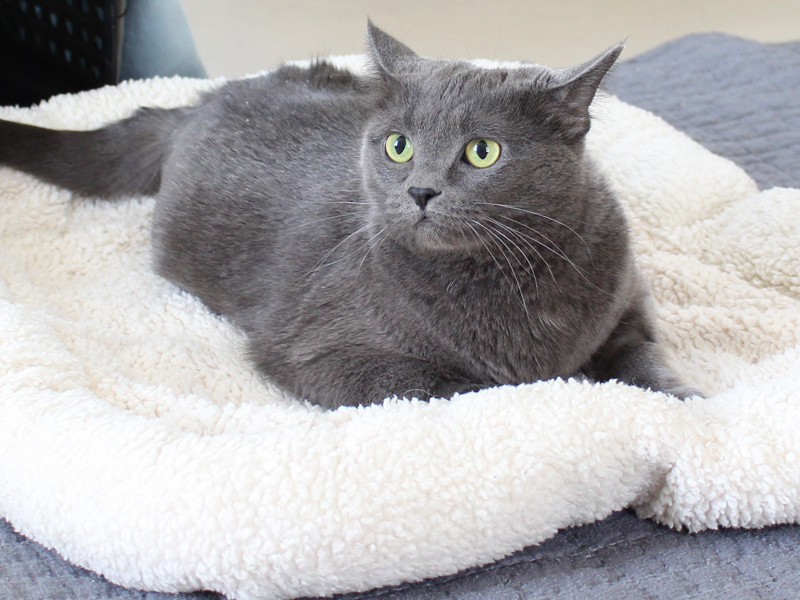How to pet-proof your new home
by Ontario SPCA and Humane Society | General Pet Care | April 25, 2019

Moving is one of life’s great stressors. First the packing, the chaos, the boxes, the logistics and then the unpacking, the renovating, the organizing, and the decorating! It overwhelms the best of us, but imagine how it makes our pets feel! Read on for tips from the ASPCA’s blog post: Moving Your Pet.
1. Choosing Your New Home
Before you pick out your dream home, it helps to stop and ask yourself if your pet will love it too. It’s a good idea to walk around the neighborhood to determine whether the area seems safe for daily walks with your pets. Be on the lookout for neighborhood dogs that seem aggressive or are left unattended, areas with garbage overflowing or unsafe street crossings.
2. Size Matters
When it comes to square footage needs, cats and dogs differ:
- For your feline friends, ensure your potential new space allows for plenty of room to build vertically – it’s easy to create a lot of vertical space with shelving, such as kitty blocks on top of furniture.
- Consider your dog’s needs on a case-by-case basis. Older dogs, puppies and dogs with house training issues will need to go outside often, which might be difficult in an apartment building with lots of stairs or a house without a yard.
3. Packing Up Your Home
Cats aren’t big fans of change. You can help your cats (and skittish dogs) adjust to the moving process by bringing in moving boxes early so they can adjust accordingly.
Also, keep your furry friends in a familiar room you plan to pack up last while you pack up all the other rooms. This is especially important on moving day: keep your pets in a quiet room with the door shut, or at a friend’s house. This will ensure that your cat or dog won’t get scared and try to make a quick getaway while the movers load up the truck. It is also important to keep your pet’s routine as normal as possible during the moving process.
4. Crate Tips
If you need to travel to your new digs with your pet in a crate, be sure to acclimate your pet to their crate in the weeks or months leading up to moving day:
- Prepare your pets by gradually getting them used to their crates. First, place their food inside an open crate, and eventually have them eat their meals in the crate with the door shut.
- Try carrying your pets around the house in the crate or taking a short drive.
- You can help your pets develop a positive association with the crate by providing treats and playtime at the conclusion of crate time.
These tips will help make moving day safe and seamless for you and your pets.
Now, that you’ve got moving under control, it’s time to think about pet-proofing your new space.
Here’s some quick tips to get you started:
- Tuck away electrical cords
- Plug nooks where your pet could get stuck
- Make sure that all windows have secure screens
- Remove any poisonous houseplants left behind by the previous owners
- Confirm that no pest-control poison traps have been left anywhere in the house
Settling In

When you arrive at your new home at the end of your long journey, it will be tempting to set your dog or cat loose in the house to explore while you handle the countless other tasks that will require your attention. However, a new and unfamiliar space can be overwhelming for your pets:
- Start by allowing them to adjust to one room – their “home base.” This room should include their favourite toys, treats, water and food bowls and litter box for cats. Shut the door when you’re busy attending to other tasks.
- When they seem comfortable with their home base, gradually introduce them to other rooms in the house, while keeping some doors shut.
- You can relocate your cat’s litter box from the “home base” room to a more permanent location by moving it slowly over time. Try moving the litter box one foot forward each day.
Don’t worry if it takes time before your cat or dog to feels at home in your accommodations, with patience you’ll get there!
Categories
Testimonial
We have supported the OSPCA since 1951
We have supported OSPCA since our arrival in Canada in 1951. Keep up the greatest T.L.C. for animals.
